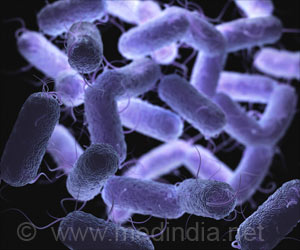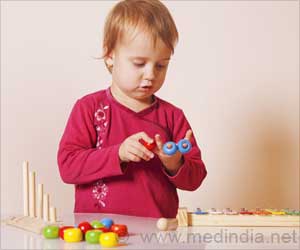Christopher Mason, PhD, the senior author of this study and a professor at Weill Cornell Medicine and the director of the World Quant Initiative for Quantitative Prediction said, “Every city has its own ‘molecular echo’ of the microbes that define it.”
‘Cities around the world have unique microbiome and further investigation of these urban microflora could aid in the development of promising therapeutic products.’
Microbiome profiles of cities
The analyses in the research include 4,728 samples from cities on six continents taken over the course of three years spanning both the air and surfaces. In addition to this, samples from public transit systems and hospitals in 60 cities around the world were also collected and sequenced.
The outcomes revealed a core set of 31 species that were found in 97 percent of samples across the sampled urban areas. 4,246 known species of microbes were detected whereas any subsequent sampling will still likely showcase species that have never been seen before.
“Baltimore’s distinct microbial signature reveals a unique, fascinating, and diverse world, providing insights into geographical variation and previously unknown microbial genomes,” said co-author of the study Lynn Schriml, PhD, Associate Professor in the Department of Epidemiology & Public Health, Institute for Genome Sciences (IGS), at UMSOM. She led the study sampling efforts for Baltimore’s transit systems.
This extensive research features a comprehensive analysis for all the microbial species identified and also for two newly identified single-cell organisms not found in reference databases.
“If you gave me your shoe, I could tell you with about 90 percent accuracy the city in the world from which you came,” surprises study senior author Christopher Mason.
COVID-19 could have changed the scene
This study was performed before COVID-19 started to disseminate in every nook and corner. Since the start of 2020, lockdowns and curfews pushed the world to adapt “new-normal”. So, the researchers are now examining the impact of SARS-CoV-2 spread on the microbiome of each city. This international consortium of researchers launched the MetaCOV project in 2020 to observe the changes in urban microbiomes and isolate the presence of the SARS-CoV-2 virus in urban environments like ATM machines, wastewater, hospitals, transit systems.
As the study represent a systematic worldwide catalogue of the urban microbial ecosystem for the first time, discoveries related to microbial diversity in urban environments could be flourished. Those studies can further aid in producing potential pharmaceuticals from the newly identified microflora from urban areas.
Source: Medindia



